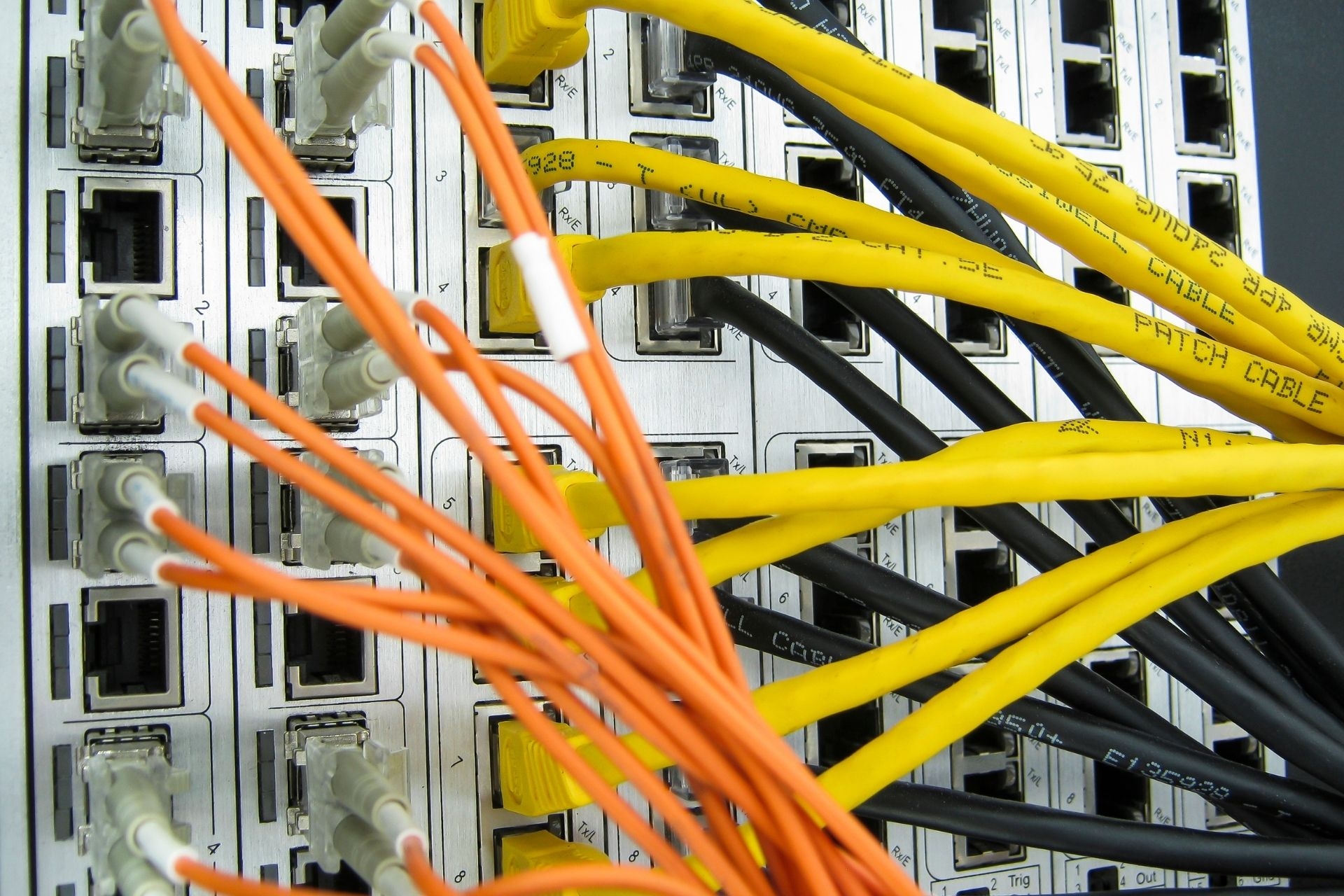Dense Wavelength Division Multiplexing (DWDM)
How does DWDM technology utilize the concept of wavelength division multiplexing to increase the capacity of optical fibers?
Dense Wavelength Division Multiplexing (DWDM) technology utilizes the concept of wavelength division multiplexing by allowing multiple data streams to be transmitted simultaneously over a single optical fiber using different wavelengths of light. By assigning each data stream to a specific wavelength, DWDM significantly increases the capacity of optical fibers, enabling the transmission of a large amount of data over long distances without the need for additional fibers.



